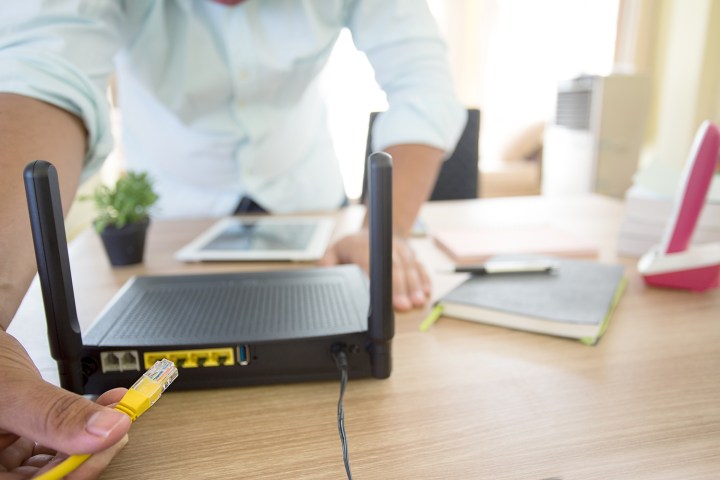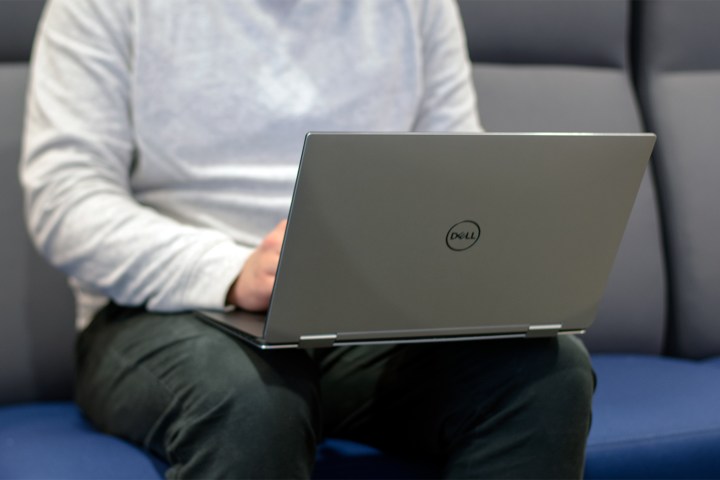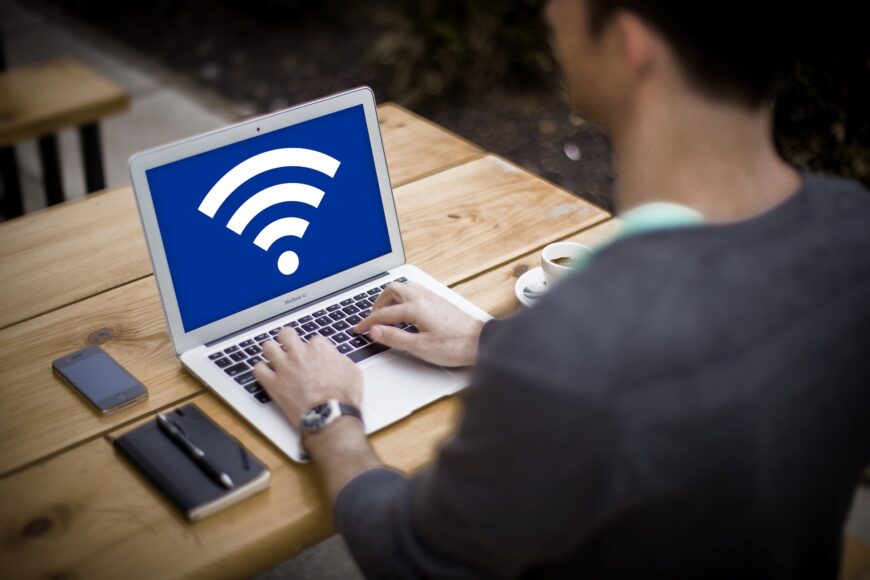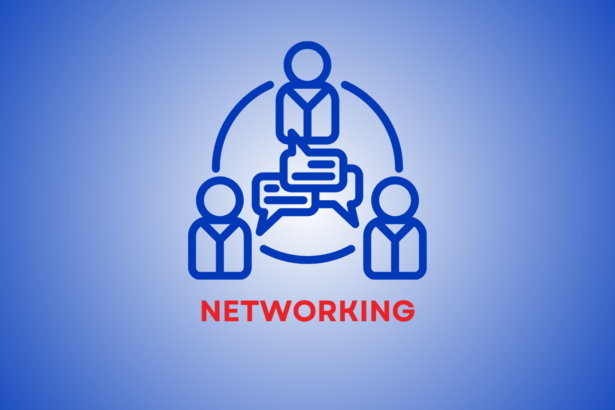We’ve grown so accustomed to Wi-Fi being readily available for listening to music, streaming our favorite shows, and allowing us to work from home that we rarely think twice about being connected until we’re suddenly experiencing a Wi-Fi problem.
A loss of connection is disruptive to a daily routine, but most Wi-Fi issues are easy to fix, so you can get reconnected relatively quickly. When your Wi-Fi goes down, you can restore access on your own by troubleshooting some of these common problems.
Slow or no internet access in certain rooms

Wi-Fi is radio waves, meaning your Wi-Fi router broadcasts in all directions from a central location. If your router is in a far corner of your house, then you’re covering a great deal of the outside world unnecessarily. If you can, move your router to a more centralized location. The closer you can put your router to the center of your coverage area, the better reception will be throughout your house.
If you have external antennas, you can try adjusting those, too. Alternating between fully vertical and fully horizontal positions can help it reach in multiple directions.
If you live in an apartment building, other routers might be interfering with yours. Free software, like NetSpot on Mac, Windows, and Android or Wi-Fi Analyzer for Android, can show you every wireless network nearby and what channel they’re using. If your router overlaps with nearby networks in particular rooms, consider switching to a less congested channel.
If none of that helps, your home might be too much for one router to handle. Consider purchasing a wireless repeater or setting up an old router to serve as one to extend the range of your main router. Upgrading to a whole-home mesh wireless system can also help with dead spots in certain areas of your home.
Slow internet everywhere
If your Wi-Fi speed is slow no matter where you are, try plugging a laptop into your modem directly and test your internet speed using a site like speedtest.net. If speeds are still down, the problem is likely with your internet connection, not your router. Contact your ISP.
If that’s not the issue, it could be that your current wireless channel is overcrowded by your devices or by those of other nearby networks. Consider changing the channel on your router in your router settings. Each router brand does that a little differently, though.
If that doesn’t help, performing a factory reset on your router and setting it up again may help. On most routers, there’s a Reset button that you can hold down with a paperclip. Do so for 30 seconds, and the router should default to factory settings.
If none of that works and your internet is fine on a wired connection, your router might be dying. If the router seems fine, then it might instead be your modem, which could suffer connectivity issues if it’s on its way out.
One device can’t connect to the Wi-Fi

Sometimes you run into a Wi-Fi issue with one particular device. It’s probably just a momentary network issue. Try turning off the Wi-Fi on your device, then re-enabling it. If that doesn’t work, do the same with your router by unplugging it and then plugging it back in 30 seconds later.
If that doesn’t help, or if the problem reoccurs, consider deleting your current network from the list of saved networks on your device, then reconnect again.
If you’re running Windows 10 or 11, search for “wifi troubleshooting” and open the result, which should be Identify and Repair Network Issues. That will go through a series of diagnostics that may restore connectivity. On MacOS, you can run Wireless Diagnostics. Hold the Options key and click the AirPort (Wi-Fi) icon on the menu bar. Find Open Wireless Diagnostics, and then follow the on-screen instructions.
If none of that works, consider rebooting the device.
Nothing can connect to Wi-Fi
If you can’t connect to your Wi-Fi at all, plug your laptop into the router directly using an Ethernet cable, and see if you can connect that way. If that works, your Wi-Fi is the problem — but if it doesn’t, then your internet may be down altogether. Check your ISP’s webpage and social accounts, or give them a call to see if they are reporting problems. Sometimes providers can be a little slow to note issues, so you can also check with a monitoring site like Downdetector and see if other users in your region are reporting problems.
Resetting your router can fix myriad issues, and an inability to connect is one of them. Press the Reset button on the back of the router with a paperclip for 30 seconds, and the router should default to factory settings.
If that’s no use, you may need to consider buying a new router. There are plenty of options today, and choosing the right one can help alleviate some connectivity options in the future. These options include mesh routers, extended range routers, and Wi-Fi 6 routers.
Connections drop at random times
Is there some sort of pattern? Do connections drop whenever you use the microwave? It may sound weird, but some routers have trouble with this, especially on the 2.5GHz frequency or if you’re using an older microwave with shield problems.
It could be that you’re experiencing interference from other networks or devices. If your neighbors are heavy Wi-Fi users at a particular time each day, this could be slowing you down. Changing your router’s channel might help. You can use NetSpot on Mac and Windows and Wi-Fi Analyzer for Android to show you every wireless network nearby. If yours overlaps with nearby networks, switching to a less congested channel in your router settings can help.
If that doesn’t work, try performing a factory reset on your router by pressing a paperclip into the miniature hole on it.
The network connects, but there’s no internet access
It might sound like a tired tip, but try resetting your modem by unplugging it and plugging it back in. If that doesn’t work, also try resetting your router the same way, assuming it’s a separate device.
Connect a laptop or desktop to your router with an Ethernet cable. If this works, then the router is having a problem and may need to be reset. If there’s still no internet, though, you may have an outage. Contact your ISP.
Router crashes regularly and only restarting it helps
If your router needs to be restarted regularly, consider giving it a full reset. On most routers, you’ll find a Reset button that you can hold down with a paperclip. Do so for 30 seconds, and the router should default from factory settings.
If that doesn’t work, your router may be on its way out. Your only real option is to return it if it is within its warranty period or to buy a new one.
Wi-Fi connection lost when logging back into the computer
This problem can crop up on Windows 10 due to an issue with Fast Startup. Fast Startup keeps certain processes running so you can log back in very quickly. However, this can sometimes cause a bug with the wireless driver that prevents it from reconnecting to Wi-Fi properly. In the short term, you can turn off Fast Startup to prevent this problem. Search for Power Options in your Windows 10 or Windows 11 search bar and go to this section of the Control Panel. Select Choose What the Power Button Does on the left-side menu, and then look at the new section Shutdown Settings. Find the option to Turn On Fast Startup and make sure it is deselected.
In the long term, your wireless network adapter may need to have its driver updated to fix any bugs causing this issue.
Forgot the Wi-Fi password

If you really can’t remember your Wi-Fi password, and there are no notes or cards with it written down somewhere, you’ll have to reset your router. Use a paperclip to press the hidden switch in the pinhole on the back of your router for 30 seconds. It should then default to factory settings.
Unknown devices on my Wi-Fi network
Log into your Wi-Fi app or administrator settings . Look for a list of currently connected devices and pinpoint the devices you don’t recognize. First, make sure these don’t represent connections you didn’t realize you had — each smart device will have its own connection, for example, and they can have some strange titles if you didn’t name them. Game consoles and TVs may also be connected.
If you’ve ruled out all your own potential devices and there’s still a connection or two you don’t recognize, it’s possible someone else is hijacking your Wi-Fi network. In this case, look in your settings for an option to block these devices on your Wi-Fi and ban their MAC addresses, if possible. Then change your Wi-Fi password, and reboot your router. This may not stop especially determined hackers, but it’s usually enough to kick unwanted guests off your network.
A recent update broke Wi-Fi

This can happen with some operating system updates. Windows 10 updates in mid-2020 had bugs that stopped some users from connecting to their Wi-Fi networks or even seeing a Wi-Fi connection at all. Similar updates to iOS, Android, and other platforms also have created bugs in the past that disrupt Wi-Fi connections.
When something like this happens, it’s best to wait for a patch that fixes the problem. In the meantime, remove the update and roll back your system to an earlier version to help get your online connectivity back.
While routers can last for years without needing a replacement, keep in mind that some problems can develop with age — a router may start lacking support for new device updates and similar issues that prevent it from working properly (as seen when Apple discontinued the AirPort Extreme, for example). That’s a sign that it’s time to look for a new router.
Source: Digital Trends







